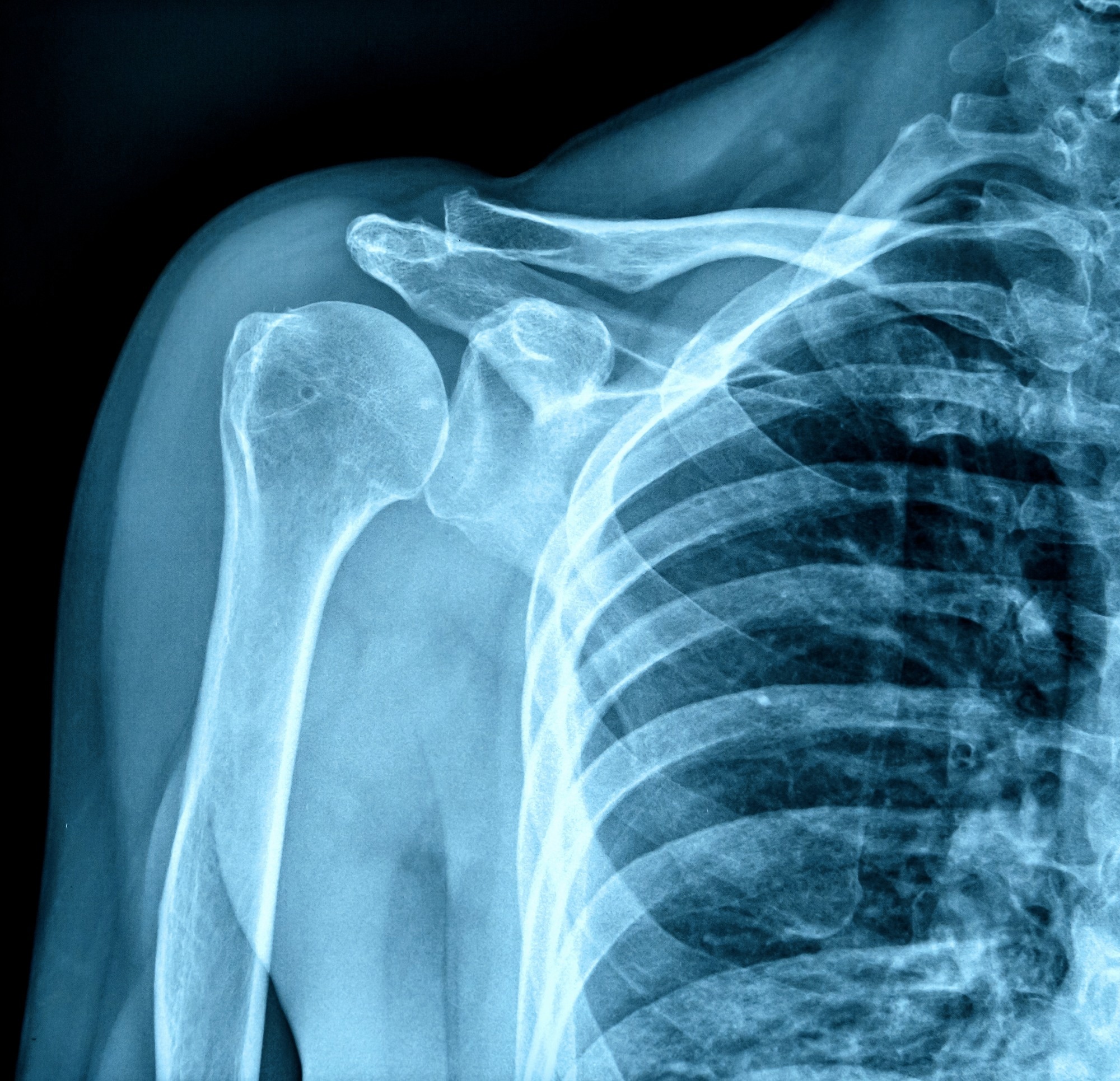Materials recently created at the University of Surrey have the potential to guide in a new era of adaptable X-Ray detectors, with potential applications ranging from cancer treatment to better airport scanners.

Image Credit: Lena Si/Shutterstock.com
Historically, X-Ray detectors have been constructed from weighty, inflexible substances like silicon or germanium. In contrast, modern flexible detectors are more cost-effective and can be contoured to conform to the objects undergoing scanning, enhancing precision in patient screening and mitigating risks associated with tumor imaging and radiotherapy delivery.
This new material is flexible, low-cost, and sensitive. But what’s exciting is that this material is tissue equivalent. This paves the way for live dosimetry, which just isn’t possible with current technology.
Dr. Prabodhi Nanayakkara, Study Lead Author, University of Surrey
The majority of X-Ray detectors available today tend to be bulky, inflexible, energy-intensive, and costly, especially for covering large areas. Organic semiconductors, composed of hydrogen and carbon, offer a more adaptable alternative. However, they previously could not match the level of detail achievable by conventional detectors in producing X-Ray images.
To address this issue, researchers at the University of Surrey's Advanced Technology Institute devised a solution by incorporating small amounts of high atomic number elements into an organic semiconductor using an ink-based approach.
Expanding on their prior research, the team's novel detector mimics human tissue's response to X-Rays, potentially paving the way for safer methods in radiotherapy, mammography, and radiography. Their research has recently been published in the journal Advanced Science.
This new technology could be used in a variety of settings, such as radiotherapy, scanning historical artifacts and in security scanners. The University of Surrey together with its spin out SilverRay Ltd continues to lead the way in flexible X-Ray detectors – we're pleased to see the technology shows real promise for a range of uses.
Ravi Silva, Professor and Director, Advanced Technology Institute, University of Surrey
Co-author, Professor Martin Heeney, Imperial College London, commented, “We have been developing heavy analogs of traditional organic semiconductors for some time, and we were intrigued when Dr Imalka Jayawardena suggested their application in X-Ray detectors. These results are very exciting, especially considering this was the first material investigated, and there is plenty of scope for further improvements.”
Journal Reference
Nanayakkara, M. P. A., et al. (2023) Tissue Equivalent Curved Organic X-Ray Detectors Utilizing High Atomic Number Polythiophene Analogues. Advanced Science. doi.org/10.1002/advs.202304261.